PHYWE Quecksilber Franck-Hertz Röhre Typ 9056
Mercury Franck-Hertz Tube
Tube de Franck-Hertz au mercure
Phywe, Physikalische Werkstätten A.G., Göttingen (Germany).
In 1913/1914 J. Franck and G. Hertz investigated the excitation of gas atoms by electron impacts in a gas discharge tube. They chose mercury as the gas, as it evaporates at a low temperature and the gas pressure in the tube can be adjusted very easily.
Principle: Electrons are accelerated in a tube filled with mercury vapour. The excitation energy of mercury is determined from the distance between the equidistant minima of the electron current in a variable opposing electric field.
This lamp must be installed in a Phywe instrument, where it is covered by a heating element.
5 ohm resistor adjustable in filament power supply.
Documentation: PHYWE - Franck-Hertz experiment.
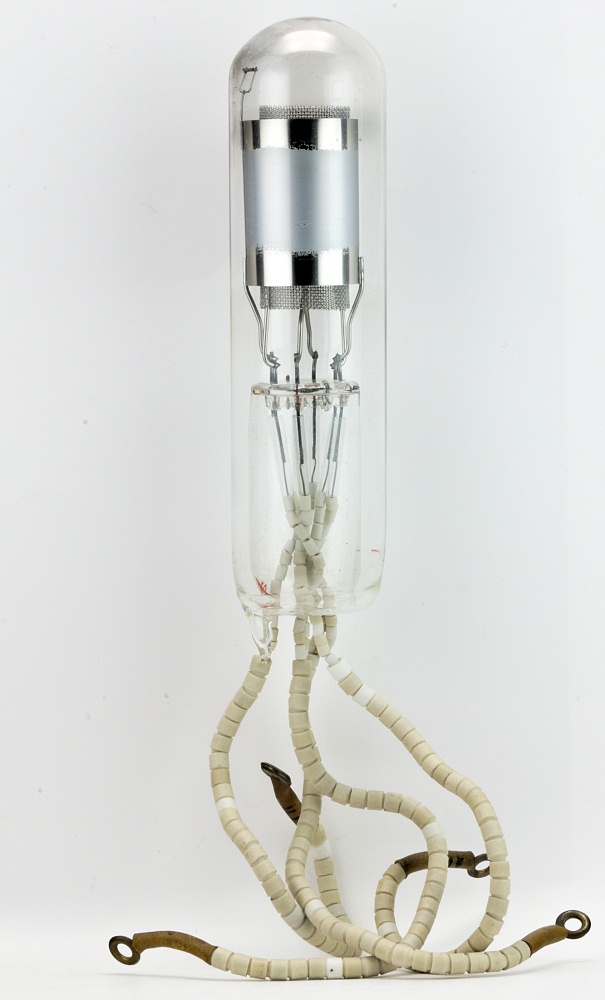
Hauteur • Height • Höhe : 158 mm • 6" 1/4
Diamètre • Diameter • Durchmesser : 40 mm • 1" 5/8
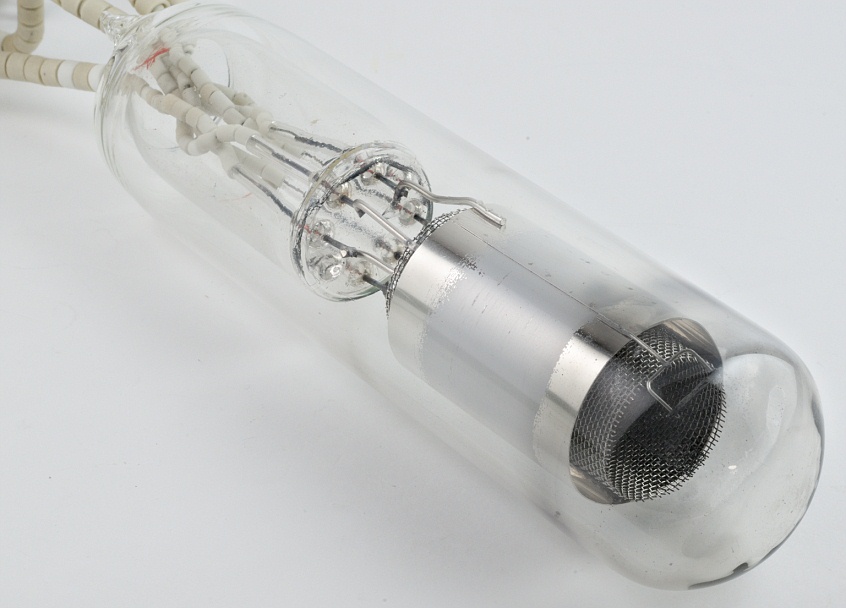
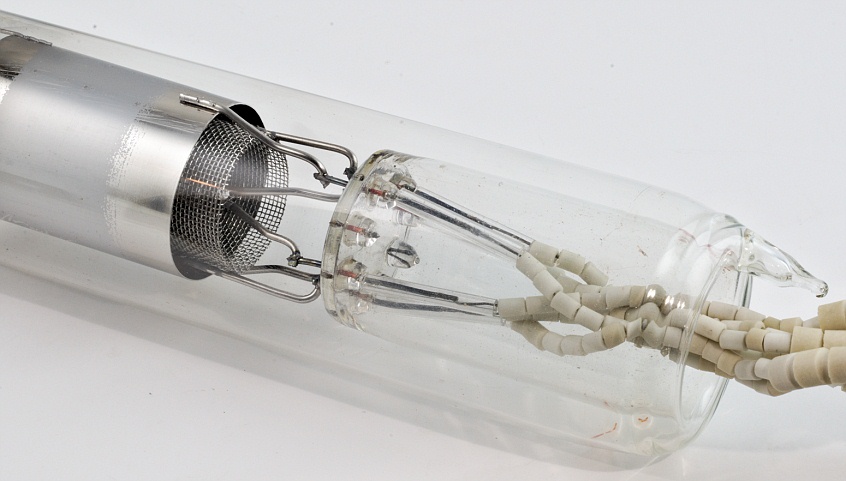
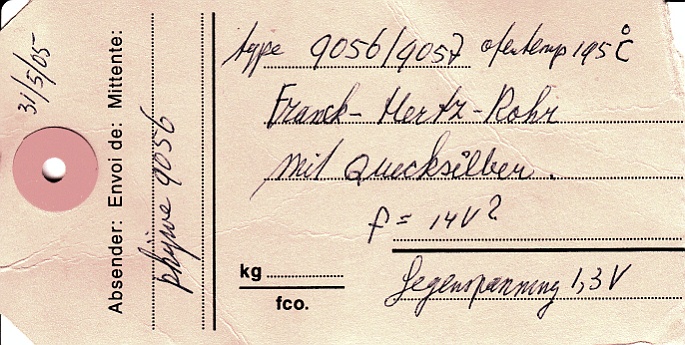
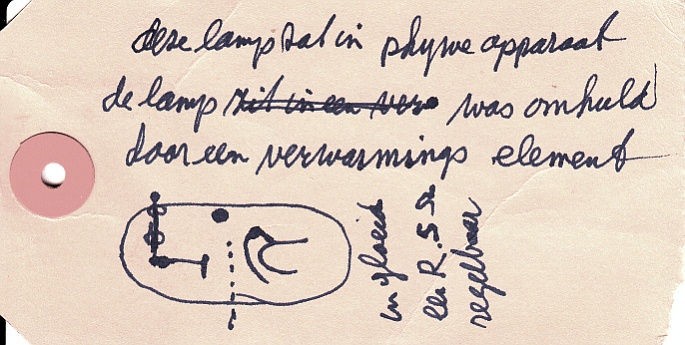
Le contenu de ce site est sous copyleft  The content of this site is under copyleft
The content of this site is under copyleft  Der Inhalt dieser Website steht unter Copyleft
Der Inhalt dieser Website steht unter Copyleft
